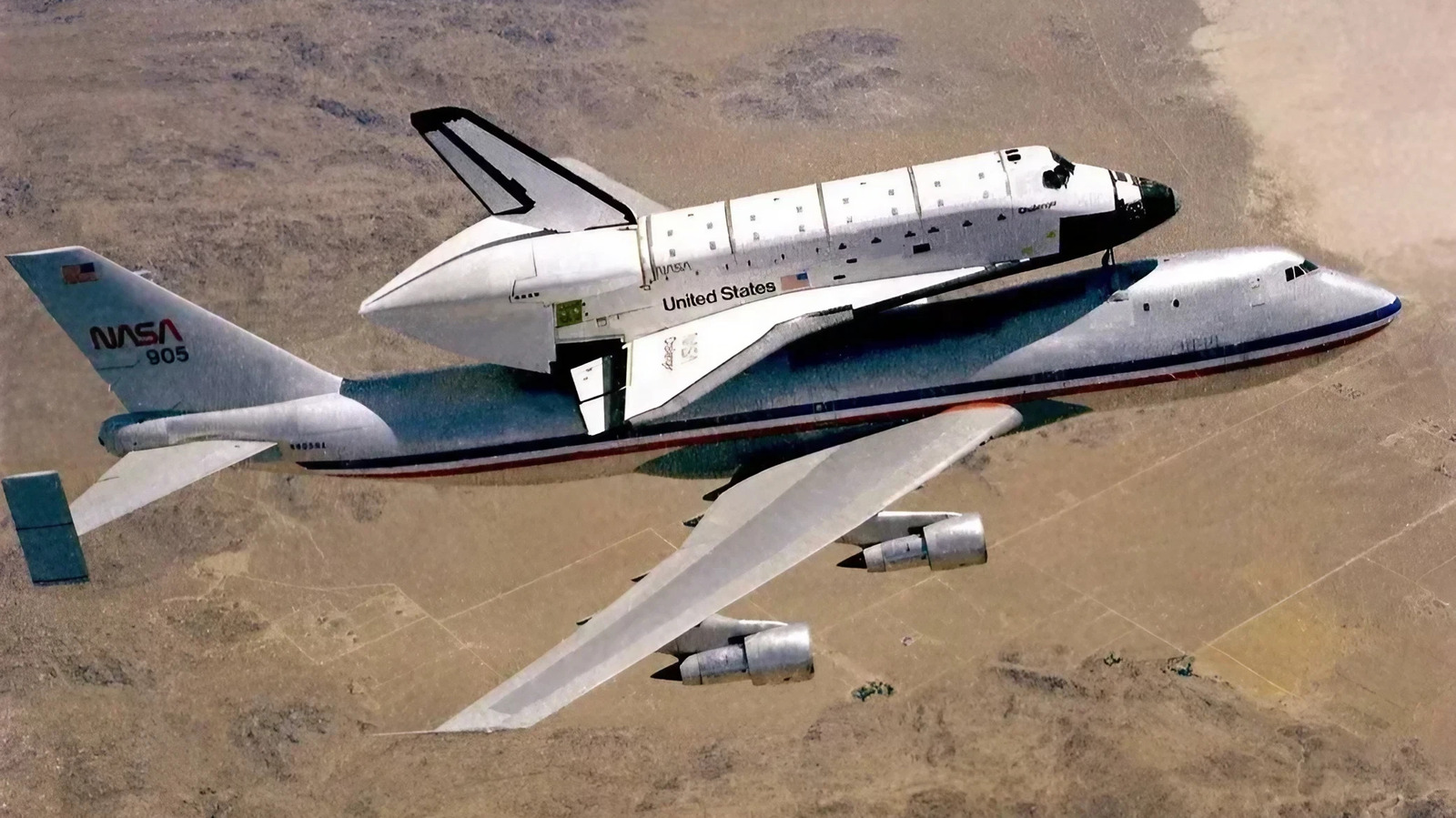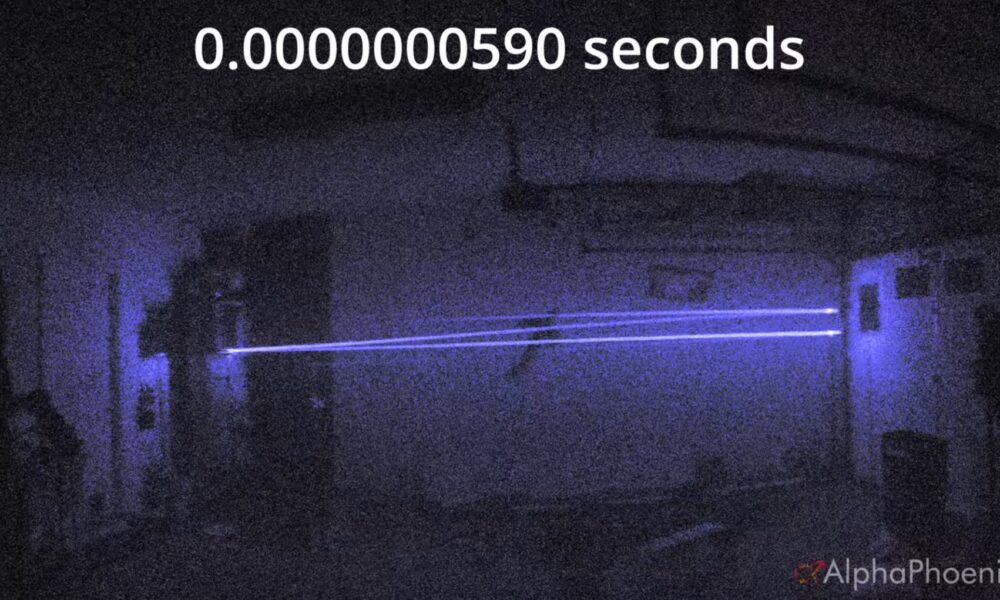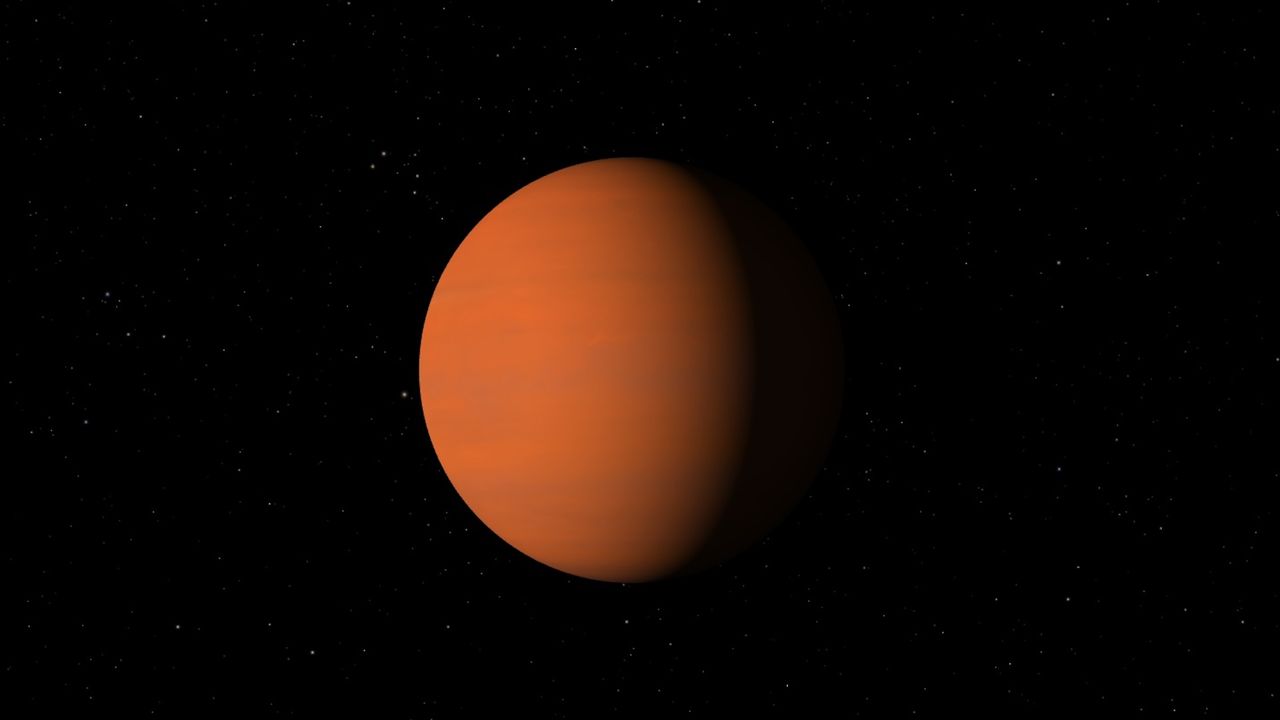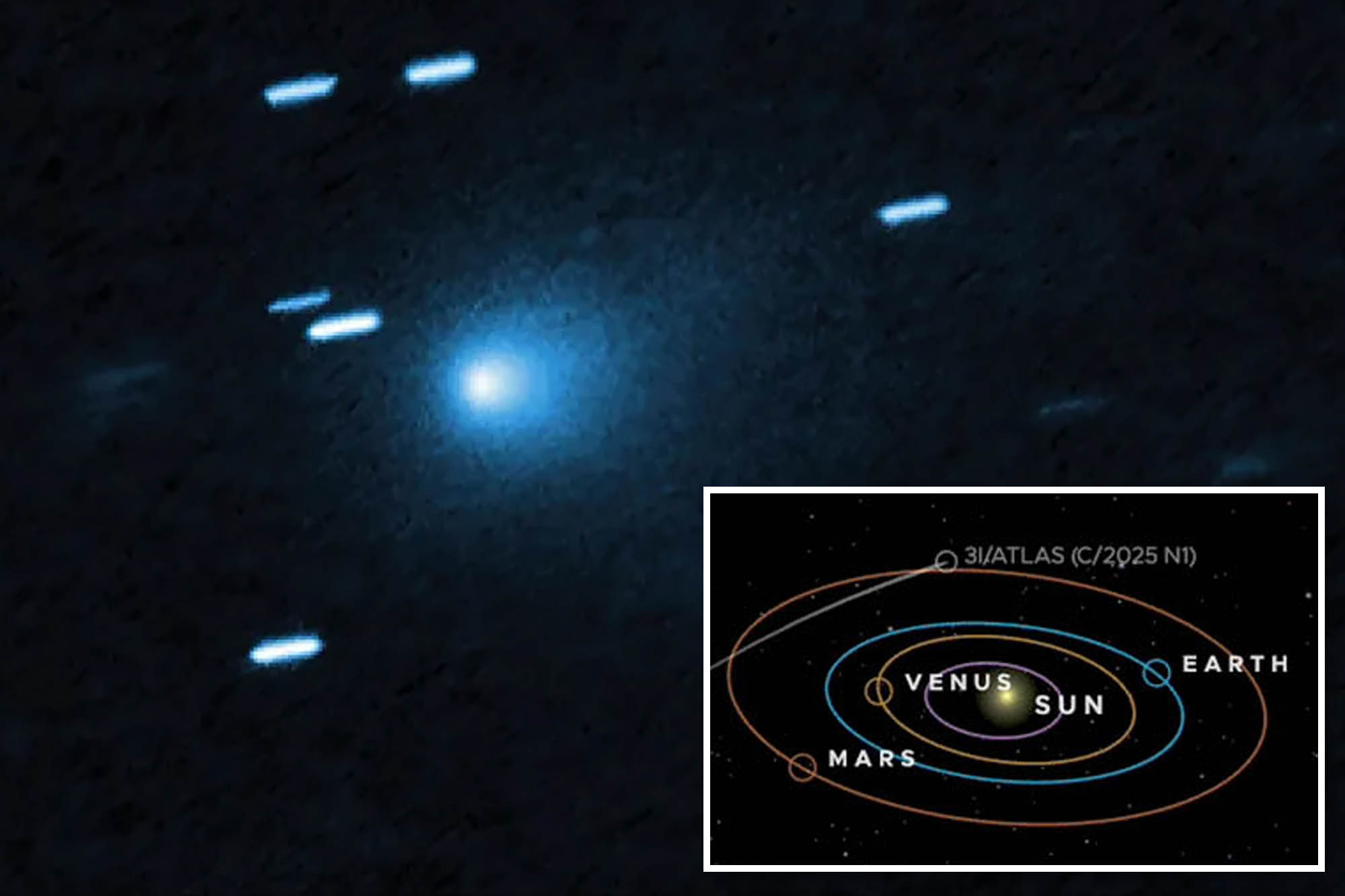When NASA required a solution to transport its approximately 100-ton space shuttles, it turned to the skies, ultimately selecting the Boeing 747 for the monumental task. The agency compared two substantial aircraft: the Lockheed C-5 Galaxy and the Boeing 747. The decision favored the 747 primarily due to its advantageous design, which featured a low-wing configuration, making it more suited for the unique demands of ferrying a space shuttle.
The C-5 Galaxy, while powerful, had a design that posed challenges for mounting the shuttle. The Boeing 747, a four-engine jumbo jet that entered commercial service in 1969, presented a more viable option. With its massive size and capabilities, the 747 was the largest commercial jet at the time of its maiden flight and remains one of Boeing’s most celebrated aircraft. Each of its four Pratt & Whitney engines produced 48,600 pounds of thrust, allowing the jet to handle a maximum gross taxi weight of 713,000 pounds.
NASA modified two Boeing 747s specifically for the shuttle transport role. The first was a Boeing 747-123, designated NASA 905, which the agency acquired from American Airlines in 1974 for $15,601,192. The second aircraft, a 747-100SR-46 from Japan Air Lines, became NASA 911 after its purchase in 1989. Both planes underwent extensive modifications, including the addition of three massive struts to the fuselage to support the shuttle and significant internal structural reinforcements.
The modifications to the aircraft did not come without challenges. The added weight and size of the shuttle affected the aerodynamics of the 747. To address these concerns, engineers attached two additional vertical stabilizers to the tail fins, enhancing the aircraft’s directional stability. Minor aerodynamic adjustments were crucial, especially given the shuttle’s delicate thermal protection tiles. NASA also fitted the planes with instrumentation to monitor the shuttle’s electrical loads during flight.
Transporting the shuttle required specialized equipment known as Mate-Demate Devices, which lifted the orbiter high enough for the 747 to be positioned underneath for attachment. NASA 905 operated solo for over a decade, with NASA 911 joining the mission fleet in late 1990. Together, they played a vital role in the transportation of the space shuttles.
Following the retirement of the shuttle fleet, NASA 905 was tasked with one final series of missions. It completed three ferry flights to deliver the orbiters to their respective museum locations. Notably, NASA 905 transported the Discovery to the Smithsonian National Air and Space Museum, completing a celebratory flyover of Washington D.C. at around 1,500 feet.
The NASA 911 was retired in February 2012 and is now on display at the Joe Davies Heritage Airpark, while NASA 905 retired later that same year. It has since become part of a significant exhibit at Space Center Houston, showcasing the remarkable role these aircraft played in the history of space exploration. The selection of the Boeing 747 as a transport for the space shuttle remains a testament to NASA’s commitment to engineering excellence and innovation.







